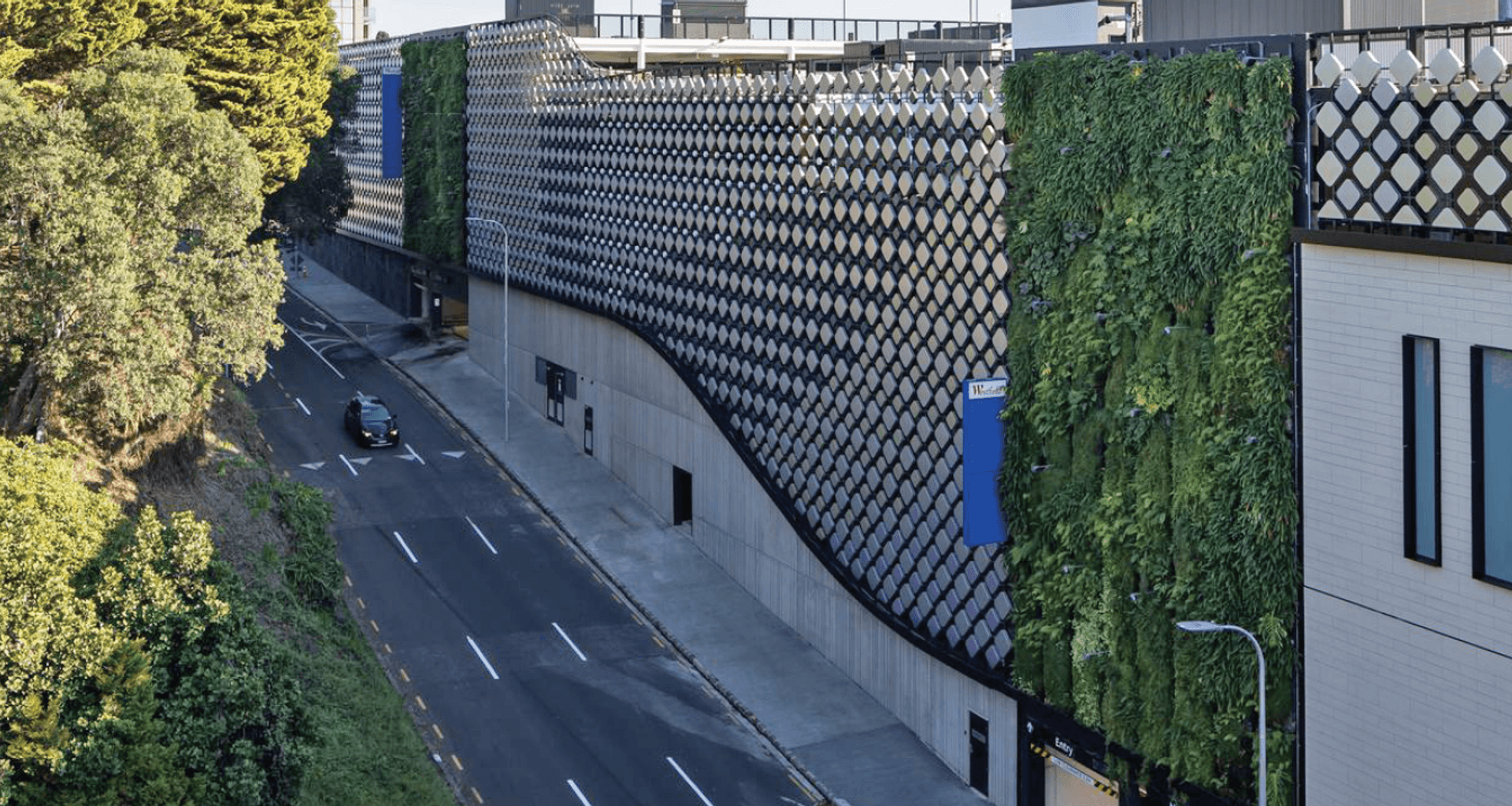Award-winning green technology
Written by
27 April 2021
•
5 min read

The 2021 Landscapes of Distinction Awards, hosted by Registered Master Landscapers and the highest accolade of professional recognition within the industry, were held in Christchurch on Saturday, 13 March.
Once again, Natural Habitats has proven that it is a force to be reckoned with in the industry, claiming 18 awards including seven gold medals and nine silver medals.
“We work hard at being the best in the business; it’s rewarding to be recognised with award wins that stretch across disciplines and the country,” says Graham Cleary, Natural Habitats Founder. “It is testament to Natural Habitats work as New Zealand’s leading integrated landscape company.
“Our dedicated and talented team work hard, so it’s a real boost for them to receive that recognition. Within the company, nurturing young talent is really important, so we are thrilled that Ben Dyson won two awards for Young Landscaper of the Year, picking up Excellence in Innovation and Practical Challenge in Construction.”

Natural Habitats: innovations in green technology
Several of the awards came for work Natural Habitats carried out on high-profile projects including the redevelopment of Westfield Newmarket and the St Marks Apartments projects in Auckland.
“We’re really proud of the work we did for these two projects as they were both very technical installations with little to no margin of error. For Westfield Newmarket, amongst other elements including a rooftop garden, we designed and installed the largest green wall development in the Southern Hemisphere—750sqm spread over five levels and comprising over 18,000 New Zealand natives.
“The brief for St Marks also called for some record-making green walls, being amongst some of the tallest in the country and covering an area of 110sqm. Consisting of 5000 predominantly native plants, Natural Habitats’ green walls have earned the St Mark’s Apartments New Zealand’s first-ever Homestar Innovation Point from the New Zealand Green Building Council.”
Graham says ongoing maintenance for both projects is carried out via abseiling, which was a first for Natural Habitats, however, it is a method that has proved successful to combat tricky access and also reduce disturbance to residents and the public.
On a much smaller, yet no less tricky, scale was another of the team’s award-winning projects; a residential green roof for a property in Christchurch.
“A growing trend—which is contributing to carbon sequestering and adding to our suburban biodiversity, two matters close to my heart—is residential green roofs. The Whitfield Green Roof project proves that green roofs are not just for the commercial environment.
“Plants were carefully selected for the Christchurch climate and included a variety of natives and exotics making up a mix of 13 beautifully textured species with 115 specimens in all. Although weight is a natural concern of green roofs, Natural Habitats has devised the lightweight, ‘eco pillow’ system, which requires no extra structural changes and has the added benefit of being an ideal growing media for plants.”

Natural Habitats: working towards a clean, green New Zealand
“There has been a notable change in the populace in recent years towards a greater appreciation of the environment and the value we place on it, as well as the need to mitigate the amount of damage we’re doing through the implementation of innovative solutions,” says Graham.
“However, in New Zealand at least, green tech remains a ‘cottage industry’ and as a nation we’re struggling to catch up to the middle of the pack, globally speaking, which is not good enough. At every level, from government down to the grassroots, we need to look at ways in which we can ‘industrialise’ processes such as the manufacture of green roof and green wall components so that we can streamline production and ultimately pass those savings on to consumers—once we achieve that, it becomes a no-brainer for these technologies to go mainstream.”
The benefits are not just financial, says Graham, but also environmental and social.
“You only need to see the news after a major storm event to see that stormwater runoff is a major issue in our cities and towns. A green roof can stop up to 70 per cent of rainfall entering the sewer system, negating run-off issues and helping to improve our natural environments. Projects such as Whitfield Green Roof are definitely a step in the right direction, but as a nation, our short-term goals are not well aligned with our long-term environmental needs.”
Graham believes the only way to make significant inroads is to open discussions around green technologies now.
“We can give the industry the tech but we can’t give them the mindset to use it. The government needs to take up the mantle and recognise that this is an investment in our long-term environmental goals and that sometimes there have to be rules and sometimes there have to be incentives. Other governments have done it and with almost immediate effect. The Singapore Government, for example, initiated a 1-for-1 subsidy in which it matched every dollar invested in green tech by a developer.
“Only then will projects such as Westfield Newmarket and St Marks Apartments become the norm rather than special case examples.”
Learn more about incorporating green technology into your next residential or commercial project.